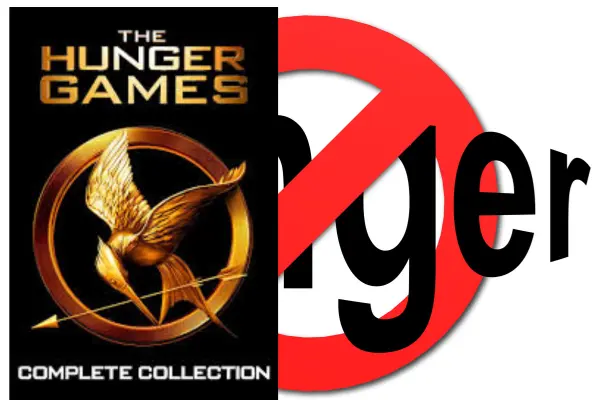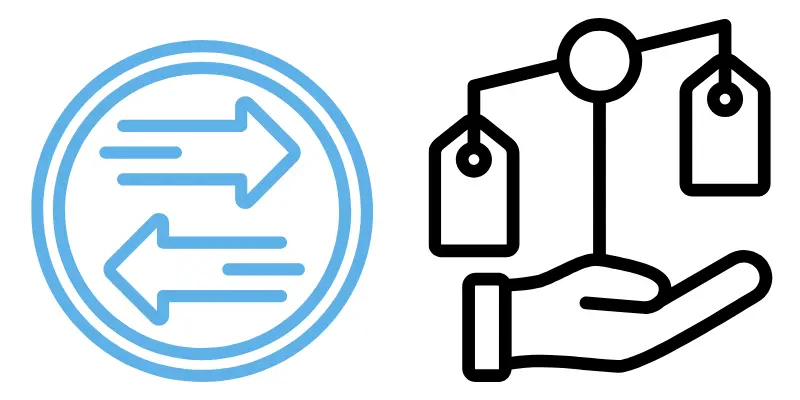What Is the Reading Level And Age Range for Hunger Games? A Parent & Teacher Friendly Guide
Updated: 07 Jul 2025
328
The Hunger Games is one of those rare series that hooks both teens and adults from the very first page. It’s fast-paced, packed with action, and full of strong emotions. But as a parent, teacher, or young reader—you might ask, “Is this book right for my age or my child’s age?”
That’s exactly what we’ll cover in this post.
We’ll break down:
- The reading level of The Hunger Games (including Lexile and grade level)
- Whether the content is appropriate for middle schoolers or younger
- How the whole trilogy compares in difficulty
- And what types of readers will enjoy it the most
Let’s start by looking at its official reading level.
On This Page
What Is the Reading Level of The Hunger Games?

📊 Reading Level Breakdown:
| Type of Level | Value |
|---|---|
| Lexile Level | 810L |
| Grade Level | 5th to 8th Grade |
| AR/ATOS Level | 5.3 (optional) |
| Age Range | 11 to 14 years old |
This means The Hunger Games is written at a middle-grade to early high school reading level. It’s not overly complex in terms of vocabulary or sentence structure, but it does include serious themes that may be better suited for older tweens and teens.
🔍 What Does “810L” Mean?
The Lexile level of 810L suggests that the book is best for readers who are comfortable with longer sentences, descriptive scenes, and some abstract thinking. It’s a bit higher than Percy Jackson (around 740L) but a bit easier than Divergent (HL700L, but with heavier vocabulary).
📘 Example: If your child has read and enjoyed Harry Potter and the Goblet of Fire (880L), they’ll likely be fine reading The Hunger Games.
✅ Reader Tip:
If your reader is in 5th grade or above, and they’ve handled books like Percy Jackson, The Giver, or Wonder, then The Hunger Games may be a great next step—just be ready to talk through some of the deeper themes.
Is The Hunger Games Appropriate for a 10 or 11-Year-Old?
While the reading level of The Hunger Games is around 5th to 8th grade, the content is where many parents and teachers pause. The story deals with mature themes like violence, survival, and political oppression. So the real question is — is it emotionally suitable for younger readers?

⚠️ What Makes It Intense?
Here are a few things to know before handing it to a younger child:
- The story centers around kids fighting to the death in an arena.
- Themes of poverty, fear, trauma, and rebellion run deep.
- The violence isn’t overly graphic, but it’s present and constant.
🎯 Real-life example: Think of it like a PG-13 movie — not necessarily inappropriate, but it depends on your child’s maturity level.
👩👧 Parent Tip:
If your child is around 10 or 11 and eager to read The Hunger Games:
- Read it together or preview the first few chapters yourself.
- Talk through the themes: Why is society like that? What choices do the characters make?
Some kids handle it just fine. Others may feel overwhelmed by the emotional weight, even if they can read the words.
Reading Levels of All Hunger Games Books at a Glance
The first book is just the beginning. If your reader is diving into the full trilogy, it’s good to know that the reading level stays fairly consistent, though the themes do get heavier.
📚 Trilogy Reading Level Table
| Book Title | Lexile Level | AR Level (Optional) | Grade Level Suggestion |
|---|---|---|---|
| The Hunger Games | 810L | 5.3 | 5th–8th grade |
| Catching Fire | 820L | 5.3 | 6th–9th grade |
| Mockingjay | 800L | 5.3 | 7th–10th grade |
🔄 Does the Difficulty Change?
Not really. The vocabulary and sentence structure stay about the same. But the emotional intensity grows as the story unfolds:
- Catching Fire introduces bigger political stakes.
- Mockingjay explores trauma, grief, and the cost of rebellion.
💡 Example: If a reader is comfortable with Wonder or Bridge to Terabithia, they’ll likely understand the emotions in Mockingjay — but the tone is darker and more complex.
📌 Teacher Tip:
If you’re assigning this book in a classroom:
- Use The Hunger Games for a book club or literature circle with guided discussion.
- Save Mockingjay for slightly older students who can handle its heavier content.
What Age and Grade Is The Hunger Games Best Suited For?
So, who is The Hunger Games really for? The answer depends on both reading ability and emotional maturity.
🎯 Ideal Age Range: 11–16 Years Old
Most experts and educators agree that The Hunger Games is best for readers between ages 11 and 16. That usually falls into:
- 6th to 9th grade
- Advanced 5th graders who read above grade level
- Middle schoolers who enjoy action-packed fiction
💬 Example: A 12-year-old who reads Harry Potter and the Order of the Phoenix or Percy Jackson will likely enjoy The Hunger Games without struggling with the language.
👥 Best for These Types of Readers:
- Readers who enjoy fast-paced action and survival stories
- Teens who like dystopian settings (e.g., Maze Runner, Divergent)
- Kids interested in strong female characters like Katniss Everdeen
- Students looking for book club or classroom novels with deep discussion topics
🧠 Quick Teacher Insight:
Teachers often use this book to:

- Spark conversations about ethics, media, leadership, and society
- Teach literary elements like symbolism and theme
- Help reluctant readers fall in love with reading again (because it’s so gripping)
Love The Hunger Games? Try These Books at the Same Reading Level
If your reader flew through The Hunger Games, you might be wondering what to offer next. Here are some similar books with comparable reading levels and exciting dystopian vibes.

📚 Books at Similar Lexile Levels:
| Book Title | Lexile Level | Age Range | Why It’s a Good Fit |
|---|---|---|---|
| Divergent by Veronica Roth | HL700L | 12+ years | Similar dystopian theme with a brave teen heroine |
| The Maze Runner by James Dashner | 770L | 12–16 years | Fast-paced, survival-focused, with mystery |
| Legend by Marie Lu | 710L | 11–15 years | Dual POV and rebellion against a corrupt system |
| The Giver by Lois Lowry | 760L | 10–14 years | Thoughtful dystopia, great for younger teens |
| Scythe by Neal Shusterman | 830L | 13+ years | Darker dystopia with ethical themes |
📝 Tip: If your reader enjoyed Katniss’ strength and resourcefulness, they’ll likely connect with Tris from Divergent or June from Legend.
🧭 How to Choose the Right Next Book:
- Check the Lexile level or grade level to match reading ability
- Ask what your child liked most about The Hunger Games — was it the action, characters, or themes?
- Consider content maturity just like you did with The Hunger Games
FAQs About The Hunger Games Reading Level
What is the Lexile level for The Hunger Games?
The Lexile level is 810L, which places it around a 5th to 8th grade reading level. It’s accessible to middle schoolers but may be challenging for younger readers without strong reading skills.
Is The Hunger Games suitable for a 10-year-old?
It depends on the child’s maturity. Some 10-year-olds may handle the reading level, but the themes of violence and death may be too intense. Preview the book first or read it together.
What grade should read The Hunger Games?
Most teachers recommend it for 6th to 9th grade. It fits well in middle school and early high school due to its content and complexity.
Is The Hunger Games too violent for middle school?
While it’s not overly graphic, it does include frequent scenes of danger, fear, and death. Middle schoolers can usually handle it, especially with guided discussion.
Can a 5th grader read The Hunger Games?
Yes, if they’re an advanced reader and emotionally ready. The language is manageable, but the emotional depth and mature themes should be considered before recommending it.
To Wrap Up: Know Your Reader Before Handing Them The Hunger Games
The Hunger Games is more than just a popular YA novel — it’s a story filled with big questions about power, survival, and morality. While the reading level is appropriate for upper elementary and middle school students, the themes are serious and can be emotionally intense.
Here’s what to keep in mind:
- Reading ability is just one part of the equation
- Emotional readiness matters just as much
- If in doubt, read together or talk through the story to support your young reader
It’s a powerful, fast-paced book that can open the door to deep conversations — and possibly a lifelong love of reading.
Please Write Your Comments